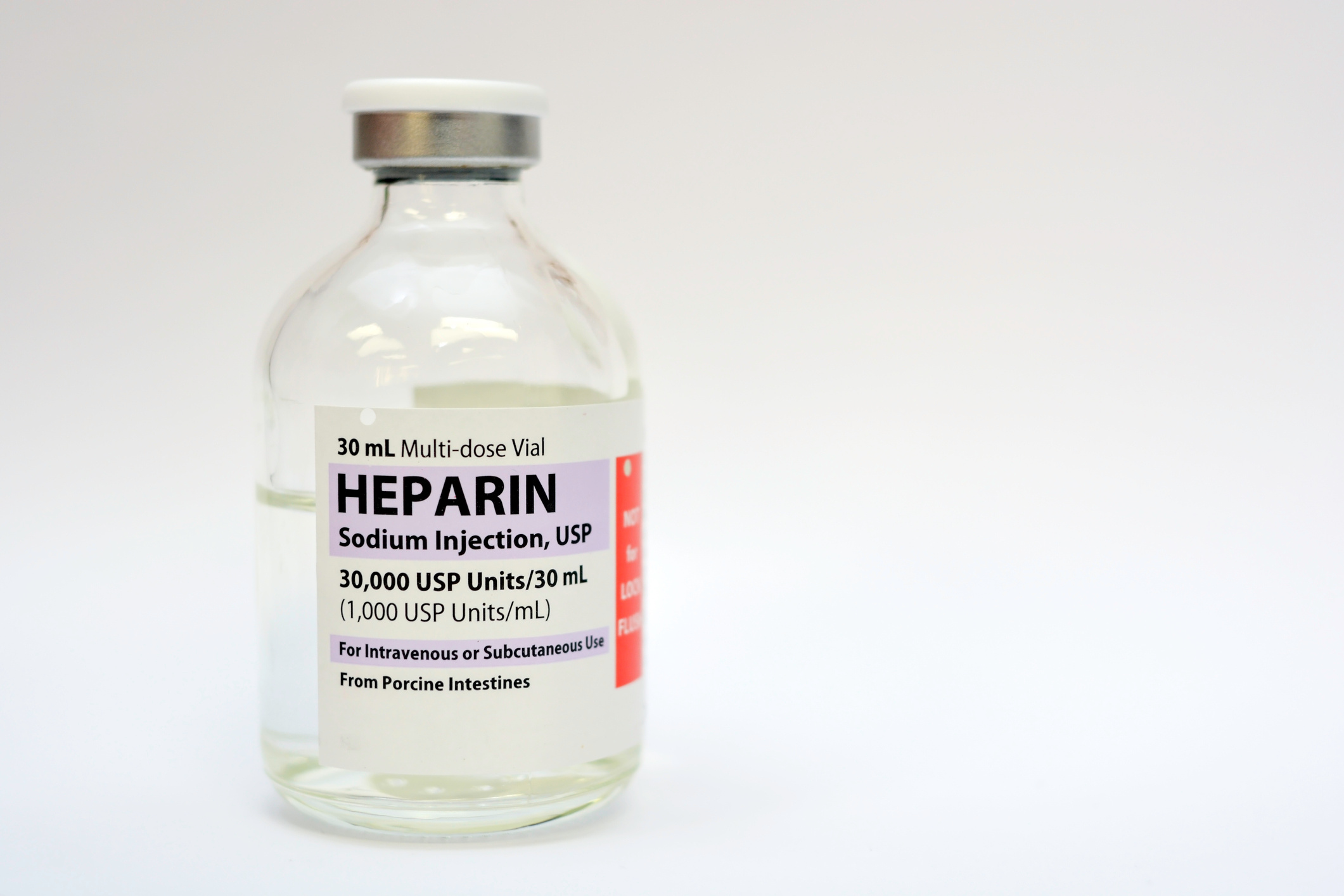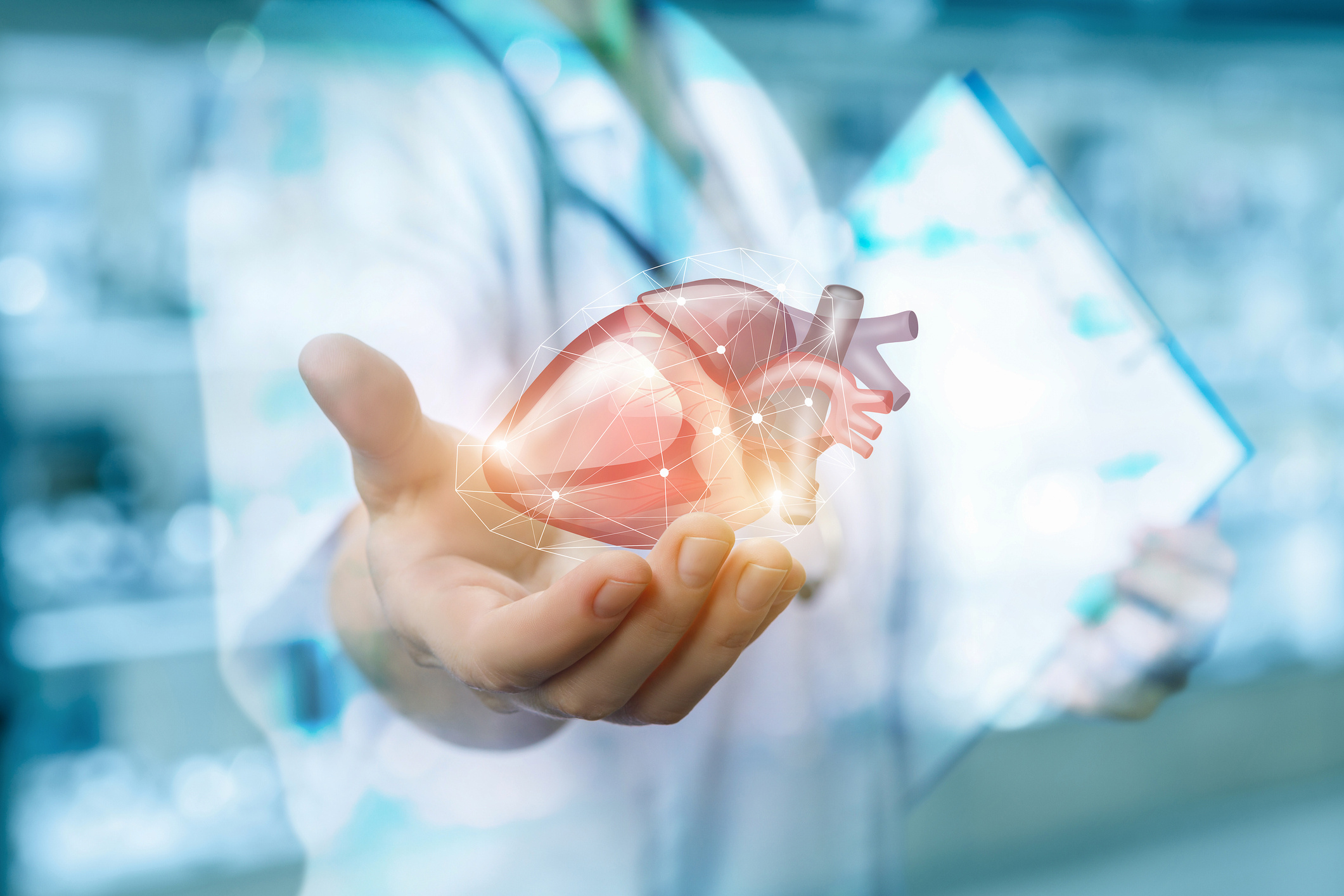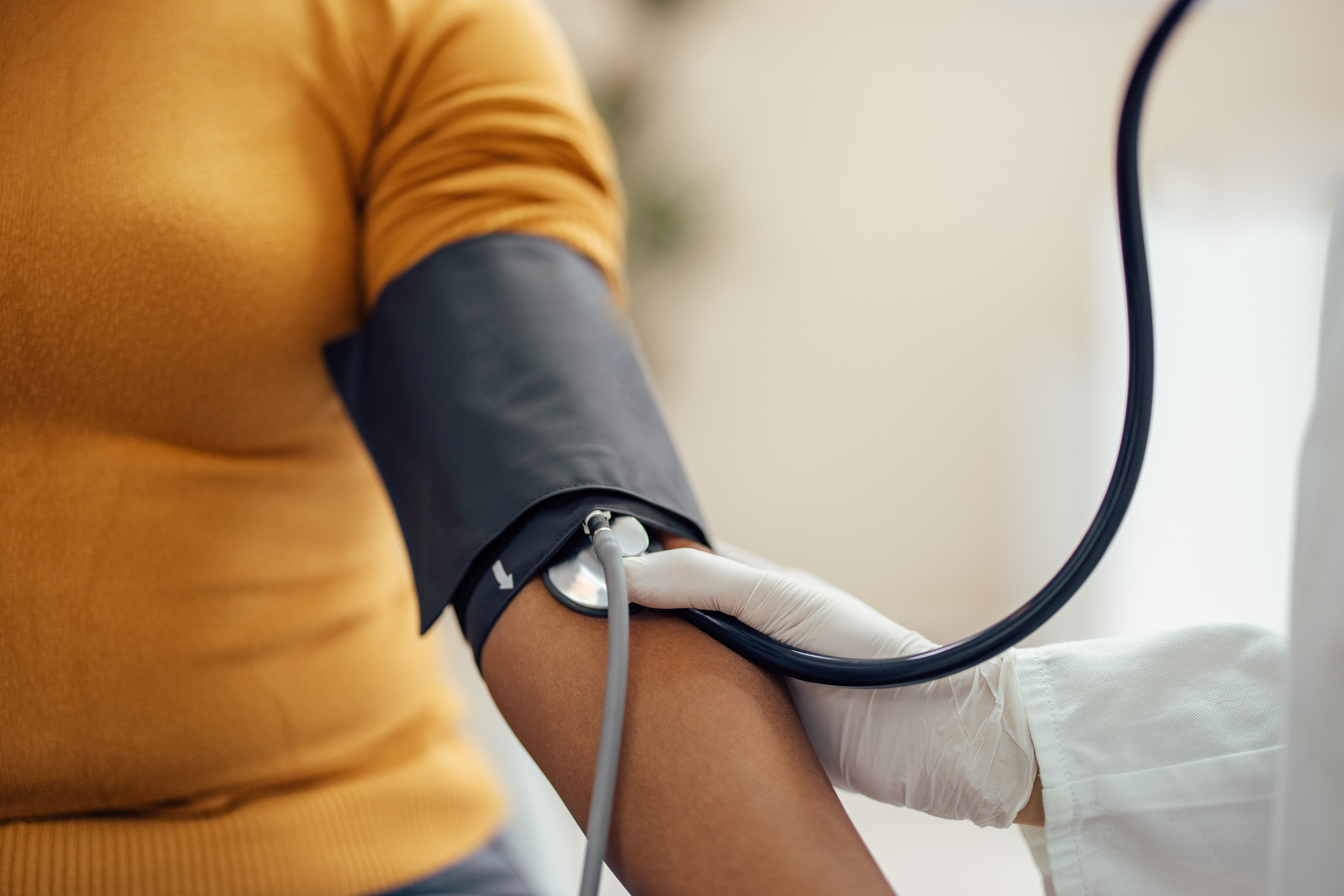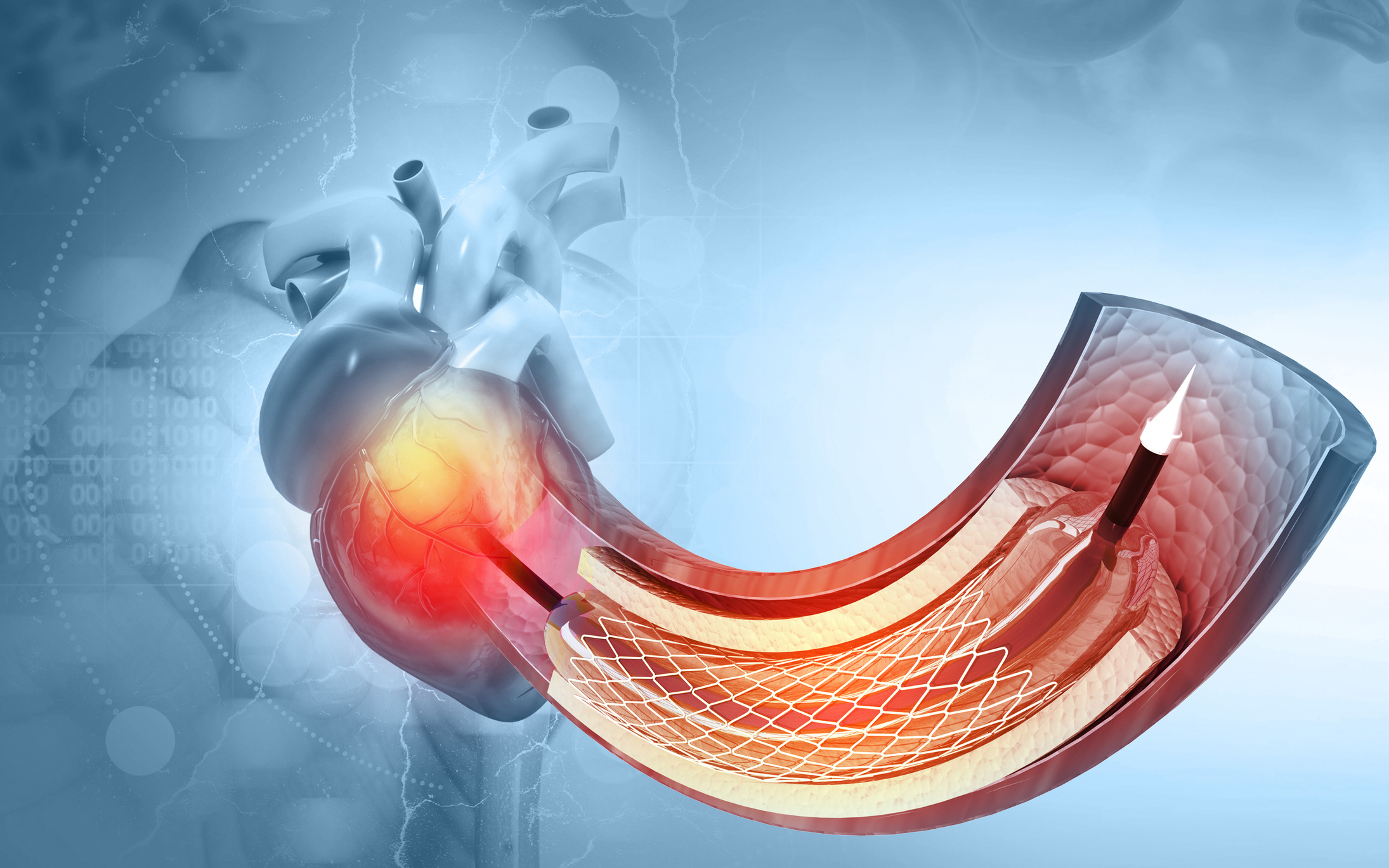
Gürsel Ateş
He has been working as a cardiologist at Anadolu Medical Center since 2008.
Speciality
- Invasive cardiology
- Coronary artery diseases
- Methods for imaging the heart using computer-assisted tomography
- Diagnosis and treatment of hypertension
- Myocardial perfusion imaging techniques
- Coronary intensive care
- Contrast echocardiography
Education
University
Hacettepe University Medical School, Ankara 1991
Specialty education
Istanbul University Cardiology Institute, Cardiology Department, Haseki Training and Research Hospital, Istanbul 1997
Institutions Worked At
Türkiye Bilimsel ve Teknik Araştırma Kurumu , Genç Bilim Adamı Bursu, 1982
Türk Kardiyoloji Derneği, Boehringer Ingelheim Kardiyoloji Araştırma Bursu, 1995
- Turkish Medical Association
- Turkish Cardiology Society
- European Society of Cardiology
- Thoracic and Cardiovascular Surgery Society
- Cardiac CT: Progres and potential with interactive demonstrations. Johns Hopkins Medicine, Baltimore, Maryland, October 21-22, 2005
- 4th Annual International Coronary Technology Exchange Sidney Australia, November 18-21, 2009
1. Ates G. Contrast echocardiography, Turkish Cardiology Seminars (2)150- 162, 2006.
2. Gurbuz AT, Zia AA, Cui H, Sasmazel A, Ates G, Aytac A. Predictors of mid-term symptom recurrence, adverse cardiac events and mortality in 591 unselected off-pump coronary artery bypass graft patients. J Card Surg. Jan-Feb;21(1):28-34. 2006
3. Effects of intermittent fasting on serum lipid levels, coagulation status and plasma homocysteine levels. Ann Nutr Metab. 49(2):77-82; 2005 Mar-Apr
4. Mistik S, Topsakal R, Akturk Z, Ates G, Ozer C. Evaluation of Patients with Hypertension in the light of the JNC 7 Report: Use of Combination and Individualized Therapy is Unsatisfactory Middle East Journal of Family Medicine, Vol. 2 (5); 2004
5. Linka AZ, Ates G, Wei K, Firoozan S, Skyba DM, Kaul S. Three-dimensional myocardial contrast echocardiography: validation of in vivo risk and infarct volumes. J.Am.Coll.Cardiol.Dec:1892-1899,1997
6. Falstrom J.K, Goodman N.C, Ates G., Abbott R.D, Powers E.R, Spotnitz W.D. Falstrom J.K, Goodman N.C, Ates G., Abbott R.D, Powers E.R, Spotnitz W.D. Reduction of femoral artery bleeding post catheterization using a collagen enhanced fibrin sealant. Cathet. Cardiovasc.Diagn.79-84,1997.
7. A. Onat, D. Dursunoğlu, G. Ateş, V. Sansoy, İ. Demir, İ. Keleş, P. Ateş, O. Erdoğan, M. Şenocak. Death and Coronary Disease Rates obtained after a 4-year Study in a Turkish Adult Population in Marmara Region. Turkish Cardiology Society Archives, 23:168-173, 1995
8. A.Onat, İ.Keleş, V.Sansoy, İ. Demir, M. Şenocak , D. Dursunoğlu, G. Ateş ,P. Ateş. Blood pressure, blood sugar, respective weight and physical activity trends in People of Marmara Region between 1990 and 1994. Turkish Cardiology Society Archives, 23:162-167, 1995
9. A. Onat, D. Dursunoğlu, M. Şenocak , İ. Keleş, V.S ansoy, İ. Demir, G. Ateş, P. Ateş, E.İnce. Plasma lipid levels and smoking habit trends in the Population of Marmara Region between 1990 and 1994. Turkish Cardiology Society Archives, 23:155-161, 1995
AWARDS AND ACHIEVEMENTS
Scientific and Technical Research Council of Turkey, Young Scientist Scholarship, 1982
Turkish Cardiology Society Boehringer Ingelheim Cardiology Research Scholarship, 1995
Featured Cancer Articles
- 6 Nutrition Tips for Those Who Fast
- What is Disease X (Virus X)?
- How Does Cancer Form?
- What is an Ovarian Cyst?
- What is Cervical Cancer?
- What Are the Symptoms and Treatment Methods of Testicular Cancer?
- Symptoms, Diagnosis, and Treatment Process of Bladder Cancer
- Liver Cancer
- What is Stomach Cancer? What are Its Symptoms and Treatment?
- Thyroid: What is it, Symptoms, Diagnosis, and Treatment


















